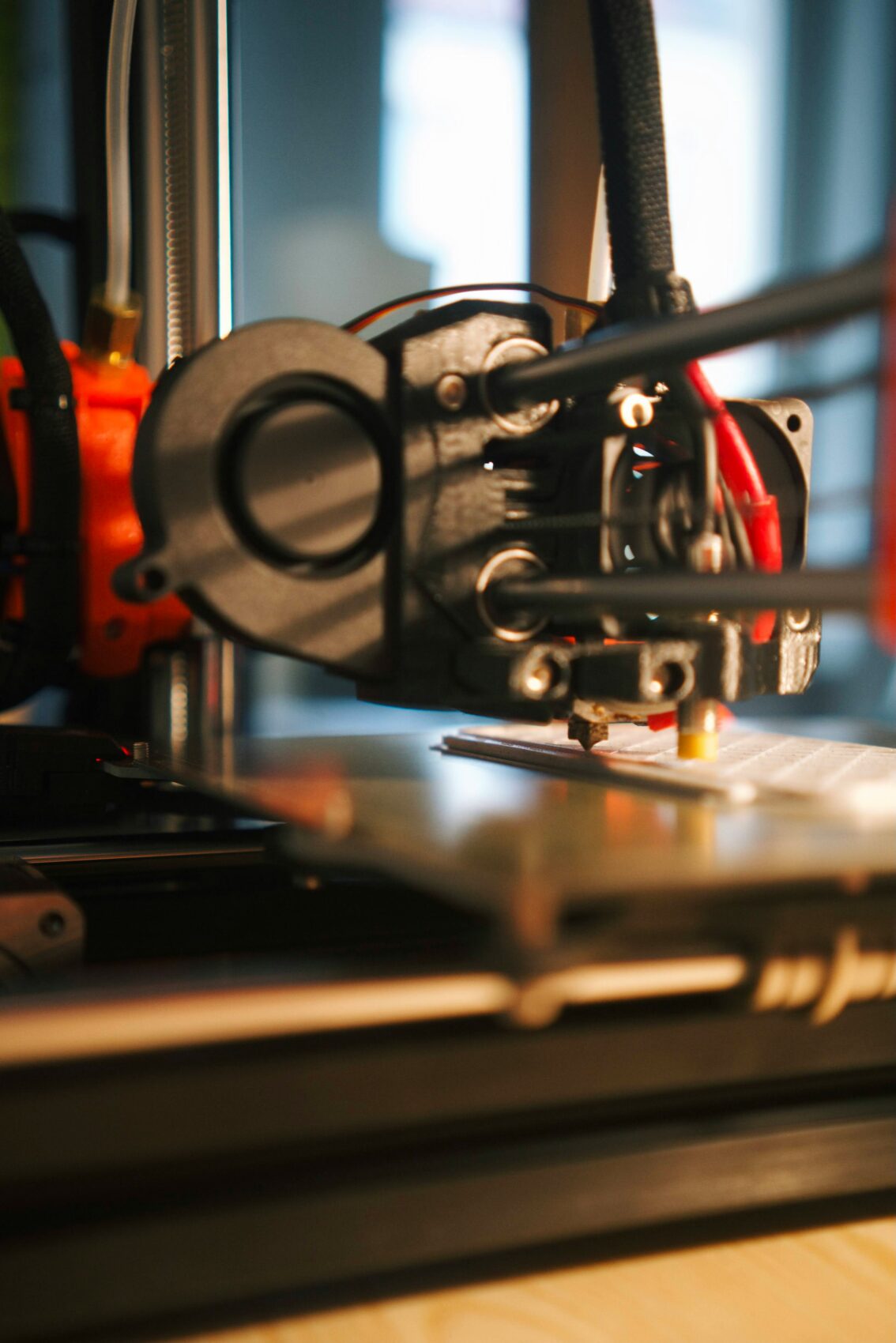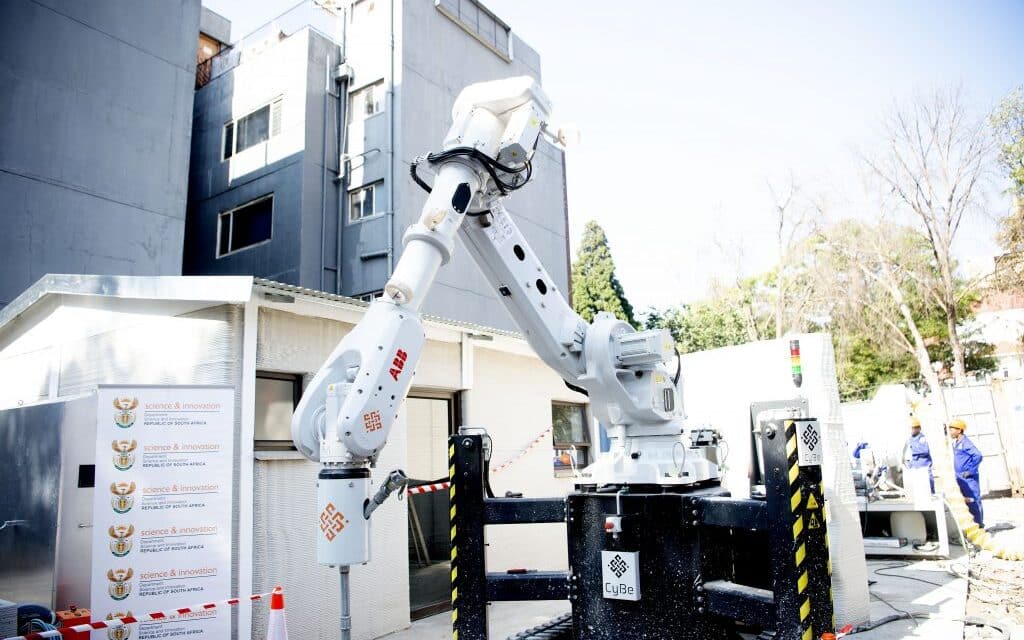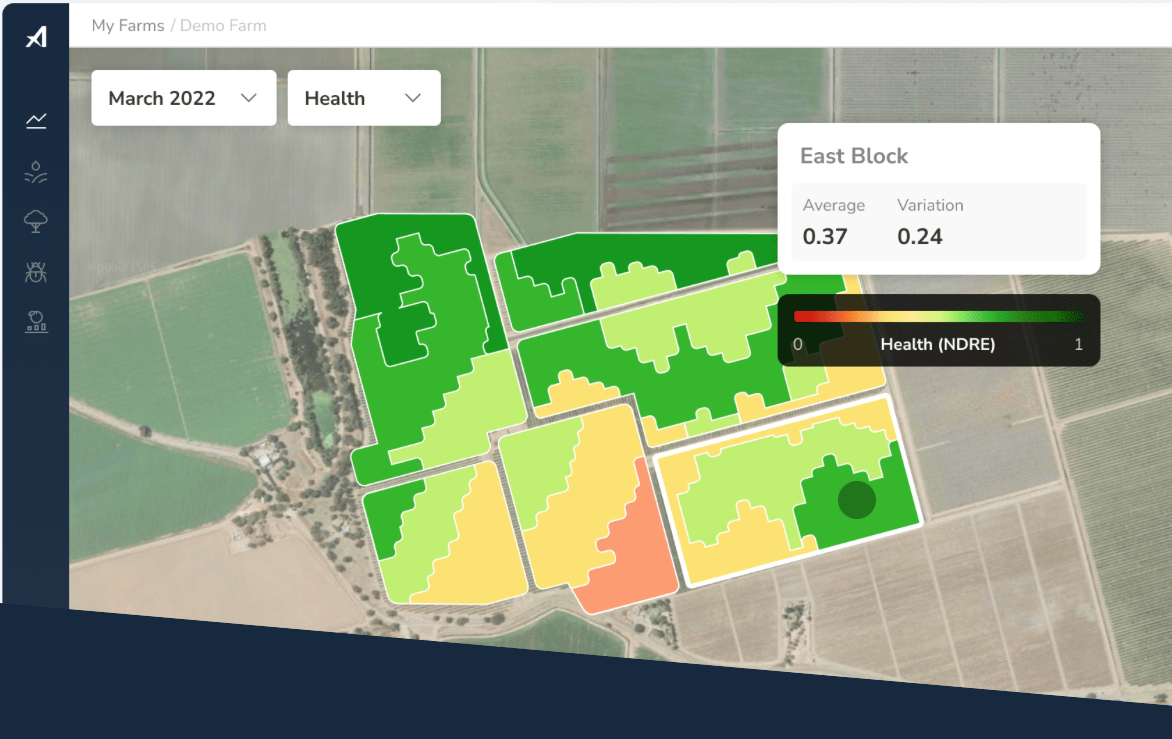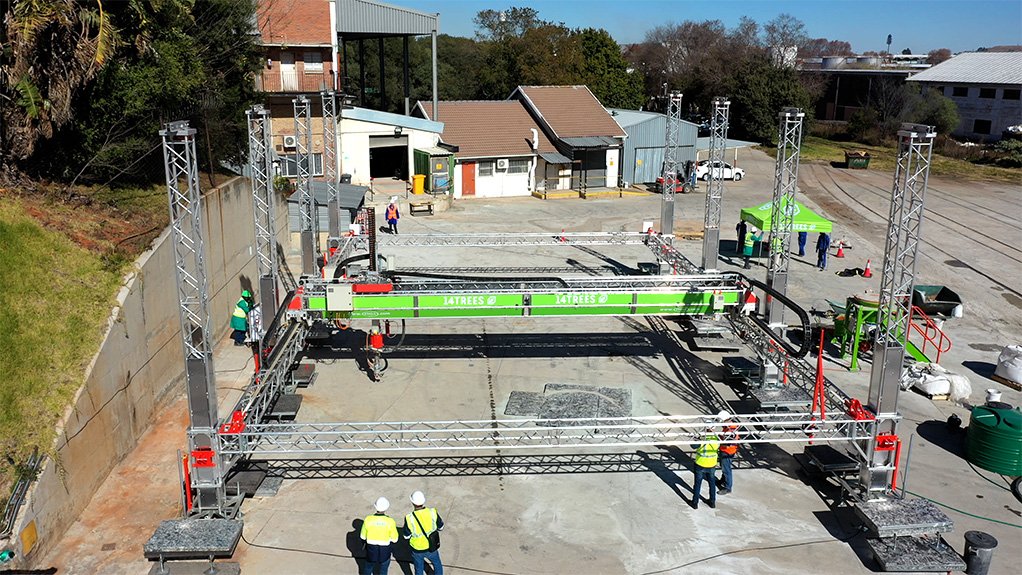In a groundbreaking development for public health and environmental monitoring in Africa, a team of South African particle physicists has unveiled an innovative, low-cost air quality monitoring system. This AI-powered technology, named Ai_r, promises to revolutionize how air pollution is tracked and managed across the continent, potentially saving lives and boosting economic productivity.
Key Points:
- South African scientists have developed Ai_r, an affordable AI-powered air quality monitoring system.
- The system costs about $100 per unit and can provide real-time air quality data.
- Ai_r uses artificial intelligence to predict air pollution hotspots.
- 20 devices are already operational in Johannesburg, with 120 more to be deployed soon.
- The project aims to install tens of thousands of devices across South Africa
Tackling a Silent Killer
Air pollution has emerged as one of the most pressing public health concerns in Africa. Professor Bruce Mellado, director of the Institute for Collider Particle Physics at the University of the Witwatersrand and the iThemba Laboratories for Accelerator Based Sciences, puts the issue into stark perspective:
“Poor air quality kills more people globally every year than HIV, TB and malaria combined. And that’s just the tip of the iceberg. Air pollution makes people less productive because they get headaches and feel tired.”
The economic impact of poor air quality is equally alarming. In India, for example, the annual cost to the country’s GDP is estimated at around $100 billion. With Africa facing similar air quality challenges, the need for effective monitoring and management solutions has never been more urgent.
Innovative Technology at an Affordable Price

The Ai_r system represents a significant leap forward in air quality monitoring technology. Each device is housed in a small box that costs approximately $100 to produce, making it far more affordable than traditional air quality monitoring stations.
Professor Mellado explains the technology behind Ai_r: “The air quality device is housed in a box. It has a small laser that shoots light onto air. Depending on how that light scatters and reflects, you can measure the concentration of particulates.”
These devices can be easily mounted on window sills or other structures, where they continuously sample the air and transmit data to a cloud-based system in real-time. The use of Internet of Things (IoT) technology and artificial intelligence allows for automated data collection and analysis, eliminating the need for manual sample collection.
AI-Powered Predictions and Hotspot Identification
What sets Ai_r apart is its use of artificial intelligence to not only monitor current air quality but also predict future pollution hotspots. This predictive capability is crucial for public health planning and pollution mitigation efforts.
“Without artificial intelligence, it would be very difficult to come up with a cost-effective system that could monitor air quality and give us predictions,” says Professor Mellado. “Ai_r will be able to tell us the impact of weather changes on air quality so that we know which areas will have more polluted air.”
The system focuses on measuring particulate matter 2.5, extremely tiny particles that can penetrate deep into the lungs and enter the bloodstream, causing serious health issues. By identifying areas with high concentrations of these particles, Ai_r can help authorities target their efforts to improve air quality where it’s needed most.
Rapid Deployment Across Johannesburg

The Ai_r project has already made significant strides in its rollout. About 20 devices are currently operational in Soweto and Braamfontein, two areas of Johannesburg with high traffic volumes and corresponding air pollution risks. An additional 120 devices are slated for deployment in the coming months.
The team has secured agreements with various institutions to host the devices, including:
- The University of the Witwatersrand
- iThemba LABS
- Schools in the Soweto area (in partnership with the Gauteng Department of Education)
- Hospitals in the private Netcare group
This diverse network of monitoring locations will provide a comprehensive picture of air quality across different parts of the city.
Government Support and Future Expansion
The South African government has responded positively to the Ai_r initiative. The system is being integrated into the official South African Air Quality Information System (SAAQIS), demonstrating its recognition as a valuable tool for national air quality management.
Professor Mellado and his team have ambitious plans for the future: “Our vision is to place tens of thousands of these devices all over South Africa.” This expanded network would create the largest cost-effective, automated air quality measurement system in Africa.
Implications for Public Health and Policy
The data gathered by the Ai_r network has the potential to significantly impact public health policies and urban planning decisions. By providing detailed, real-time information on air quality hotspots, the system can help authorities design targeted interventions to improve air quality in the most affected areas.
“We really need to measure pollution and find out just how bad it is so that mitigating strategies can be designed that target problem areas very efficiently,” Professor Mellado emphasizes. “The goal is to improve air quality for people who are most affected by air pollution.”
As the Ai_r system continues to expand, it could serve as a model for other African countries looking to address their own air quality challenges. The combination of low cost, easy maintenance, and powerful AI-driven analytics makes it an attractive solution for resource-constrained environments across the continent.
Frequently Asked Questions (FAQ)
Ai_r is a low-cost, AI-powered air quality monitoring system developed by South African scientists to measure and predict air pollution levels.
Each device costs approximately $100 to produce, making it much more affordable than traditional air quality monitoring stations.
The system primarily measures particulate matter 2.5, which are tiny polluting particles that can cause serious health issues when inhaled.
AI analyzes the data collected by the devices to identify pollution hotspots and predict future air quality based on factors like weather changes.
The system is currently deployed in parts of Johannesburg, with plans to expand across South Africa and potentially to other African countries.

















